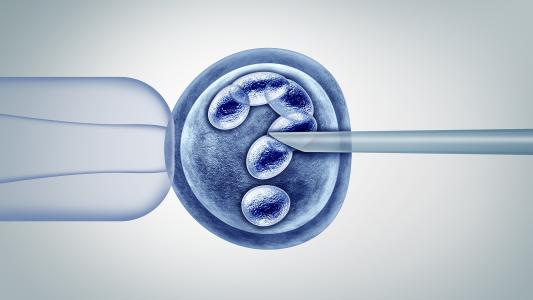Discovered in the desiccated Judean Desert, today in Israel and the West Bank, the 2,000 year old Dead Sea Scrolls contain some of the oldest known manuscripts of the books of the Hebrew Bible, as well as non-canonical Jewish texts. Foundational texts for billions of people, they are crucial — and extremely fragile.
Unfortunately, the Dead Sea Scrolls were not found all neatly rolled up, ready to be unfurled and devoured by scholars like a Fruit Rollup. Instead, they were found in tatters, over 25,000 of them.
Fitting these pieces together and dating them accurately is like the world’s most complex jigsaw puzzle.
But now, researchers are gleaning new insights from a surprisingly unlikely source: the DNA in the scrolls themselves. CNN reports that the DNA of the animal skins the scrolls were printed upon may be unlocking clues to their construction and origin.
The study, published in Cell by a team led by Tel Aviv University, uses DNA analysis of the animal skins to help determine how the various fragments may fit together.
Scholars have previously attempted to put the pieces together using visible clues. But the Dead Sea Scrolls were not found all at once, handled with care, and under the aegis of one owner. They have come from multiple locations, in various forms of decay, some from private collectors — a nightmare scenario if you’re trying to discover their provenance.
DNA sequences revealed which animals yielded which skins. Many were found to be sheep, a detail previously lost to time. If the DNA revealed fragments came from the same animal, they reasoned, they likely may go together. Combined with analyzing the language on the scrolls, the DNA information may help ensure more accurate reconstructions.
The accuracy matters: especially for non-Biblical writings, what words are put together could alter what the Dead Sea Scrolls may say.
“Depending on the classification of each fragment, the interpretation of any given text could change dramatically,” study author Oded Rechavi, an associate professor in the School for Neurobiology, Biochemistry, and Biophysics at Tel Aviv University, said in a statement.
Animal DNA also provided important clues that some fragments don’t go together. Two pieces of the book of Jeremiah were found to be written on sheep and cow skins — and cows weren’t in the Judean desert at the time, researchers believe.
“Analysis of the text found on these Jeremiah pieces suggests that they not only belong to different scrolls, they also represent different versions of the prophetic book,” Noam Mizrahi, an associate professor in the department of Biblical studies at Tel Aviv University, told CNN.
The information encoded in the animal skins may help scholars more accurately determine where fragments of the Dead Sea Scrolls came from and how they fit together.
“By characterizing the genetic relationships between different scrolls fragments, we were able to discern important historical connections,” the website of Rechavi’s lab says.
